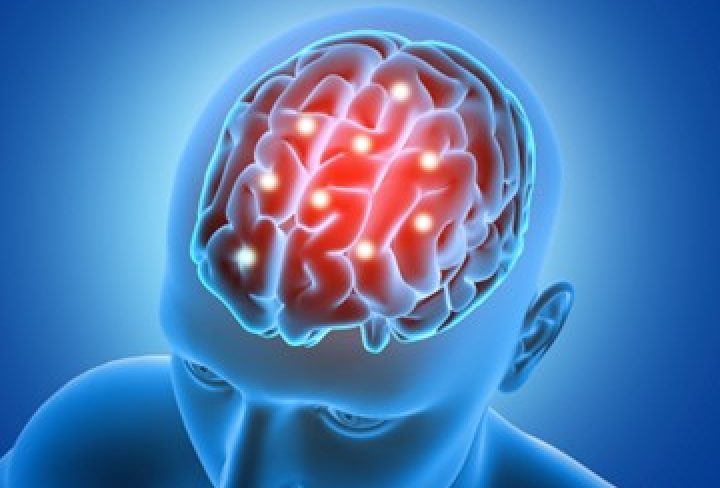Brain strokes, also known as cerebrovascular accidents (CVA), are one of the leading causes of death and disability worldwide. It occurs when the blood flow to the brain is interrupted or reduced, leading to brain cell damage or death. It is important to recognize the signs and symptoms of a stroke and take immediate action to prevent long-term damage or death.
Symptoms of a Stroke
The signs and symptoms of a stroke can vary depending on the area of the brain affected. The most common symptoms include:
- Sudden weakness or numbness in the face, arm, or leg, usually on one side of the body.
- Slurred or garbled speech.
- Difficulty understanding speech or speaking.
- Sudden vision changes or loss of vision in one or both eyes.
- Sudden severe headache.
- Dizziness or loss of balance.
If you or someone you know experiences any of these symptoms, it is important to call emergency services immediately.
Risk Factors for Stroke
There are several risk factors that can increase your chances of having a stroke, including:
- High blood pressure
- Diabetes
- High cholesterol
- Smoking
- Obesity
- Physical inactivity
- Family history of stroke
Preventing Stroke
Fortunately, there are several ways to reduce your risk of having a stroke, including:
- Maintaining a healthy lifestyle by eating a balanced diet and exercising regularly.
- Monitoring and controlling high blood pressure, diabetes, and cholesterol levels.
- Quitting smoking and avoiding secondhand smoke.
- Limiting alcohol consumption.
- Managing stress levels.
- Taking medications as prescribed by your doctor.
Stroke is a serious medical emergency that requires immediate attention. Recognizing the signs and symptoms of a stroke, as well as understanding the risk factors and preventative measures, can help reduce your chances of experiencing a stroke. It is important to seek medical attention right away if you or someone you know experiences any symptoms of a stroke.

